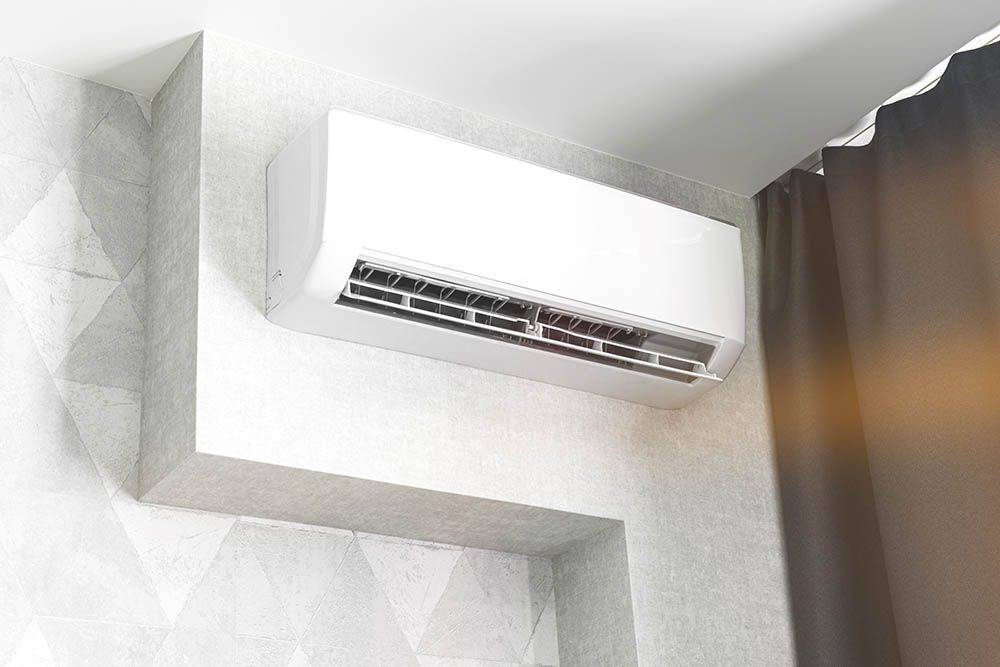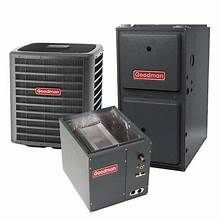
A mini split HVAC system, commonly referred to as a ductless mini split, is a type of heating and cooling system that provides temperature control without requiring ductwork. These systems are particularly popular for homes without existing ductwork, room additions, garages, or areas needing independent climate control.
How Mini Split Systems Work
A mini split system consists of two main components:
Indoor Unit (Air Handler)
- Mounts on the wall, ceiling, or floor.
- Distributes conditioned air into the room.
- Contains an evaporator coil and blower fan.
Outdoor Unit (Compressor/Condenser)
- Located outside the home.
- Contains the compressor and heat exchanger.
- Pumps refrigerant between the indoor and outdoor units.
These two components are connected via refrigerant lines, power cables, and a drain line, which run through a small hole in the wall.
Types of Mini Split Systems
- Single-Zone Mini Splits – Designed to control the temperature in a single room or area.
- Multi-Zone Mini Splits – Can connect multiple indoor units to one outdoor unit, allowing for independent temperature control in different rooms.
Advantages of Mini Split Systems
- Energy Efficiency – No duct losses, leading to lower energy consumption.
- Zoned Heating & Cooling – Each unit can be controlled individually.
- Easy Installation – Requires only a small hole for wiring and refrigerant lines.
- Quiet Operation – Indoor units operate at lower noise levels than traditional HVAC systems.
- Improved Air Quality – No ducts mean less dust accumulation and cleaner air.
Is a Mini Split Right for You?
A ductless mini split is an excellent option if you need targeted cooling and heating without the expense of adding ductwork. It’s ideal for:
- Homes with no existing ducts
- Room additions or renovations
- Areas needing independent temperature control



